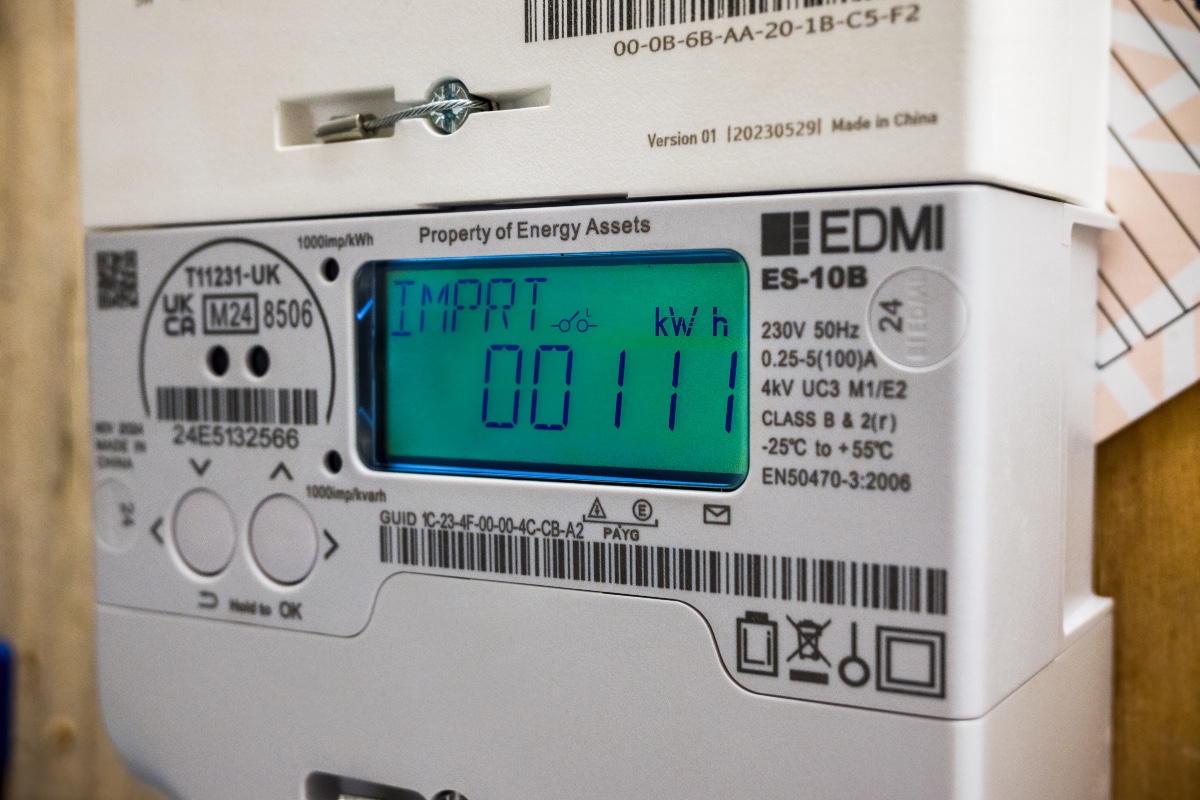Umair Ejaz, Senior Product Marketing Manager at Tuxera, lifts the lid on flash wear, power-loss events and why resilience-by-design at the file system level is now non-negotiable.
Smart meters are the backbone of modern energy infrastructure, enabling utilities to modernise the grid, support decarbonisation, and deliver reliable, real-time consumption data. With a design lifespan of up to 20 years, these devices underpin accurate billing, regulatory compliance, and effective energy management for utilities, OEMs, and policymakers.
However, inaccurate or incomplete data is becoming a growing challenge. Silent data failures are typically rooted in software-level design, instead of obvious hardware breakdowns. These errors can lead to billing disputes, compliance failures, operational inefficiencies, and ESG performance setbacks; problems that only surface when they have already impacted business operations and customer trust.
If the energy sector is to achieve its digitalisation and sustainability ambitions, smart meter accuracy must be ensured throughout a meter’s lifetime. That requires rethinking how these devices are designed from the inside out.
The often overlooked cause: Flash wear and power loss
At the heart of many smart meter failures lies NAND flash memory, which is commonly used to store metering logs, firmware updates, event records, and diagnostics data. While flash memory is essential for non-volatile data storage, it comes with a critical limitation: a finite number of write/erase cycles. Each data write wears down the flash memory, gradually degrading its ability to store data accurately over time.
Additionally, writing new data generates obsolete or redundant information that must later be cleared in a process called garbage collection. This process places extra stress on flash memory, especially when using standard file systems not optimised for flash environments. Such file systems may accelerate memory wear, leading to gradual data degradation and storage issues that appear years before the intended end-of-life for the device.
Power loss and voltage fluctuations further complicate the situation. In the real world, power interruptions are inevitable, and if a smart meter loses power during a write operation, the meter could fail to boot and completely stop working, becoming a “brick” that requires a technician to reset or replace it. If it continues to function, data corruption may occur. The worst-case scenario is the meter becoming unusable and needing physical intervention. Without software-level mechanisms to detect and correct errors or to ensure transaction safety, these data corruptions may go unnoticed until they trigger a billing error or compliance failure. Field data has demonstrated that many smart meters fail not due to catastrophic breakdowns but due to these slow, hidden degradations in data reliability, which undermine the operational value of smart meters in the field.
The business risk of inaccurate meter data
Inaccurate or missing data from smart meters carries substantial business and operational consequences for utilities and meter manufacturers alike. Replacing underperforming or failed meters is costly, with each unit replacement costing approximately £250–£350. When replacements are needed across thousands of meters in a large deployment, the financial implications quickly escalate into millions.
Beyond the direct hardware costs, inaccurate billing resulting from incomplete data erodes customer trust and increases the workload for customer support teams dealing with complaints, disputes, and adjustments. This situation raises the risk of customer churn, damages brand reputation, and increases operational overheads.
Regulatory compliance is another critical concern. National energy regulators enforce strict accuracy standards for smart meters, backed by audits, fines, and penalties for non-compliance. Poor data integrity also impacts ESG performance, as accurate consumption data underpins carbon accounting, energy efficiency initiatives, and sustainability reporting. Inaccurate data threatens a utility’s ability to meet its ESG goals, undermining investor confidence and potentially affecting access to green financing.
Moreover, the operational impacts extend to grid management and planning. Accurate data from smart meters informs demand forecasting, load balancing, and the integration of renewable energy resources into the grid. When data integrity is compromised, these operational processes suffer, limiting the effectiveness of grid modernisation efforts.
Solving the data integrity challenge with embedded resilience
To meet the ambitious goals of modern energy systems and extend smart meter lifespans beyond 20 years, a resilience-by-design approach is essential, prioritising software-level robustness alongside hardware reliability.
Advanced, flash-aware, transactional copy-on-write file systems are central to this approach. These systems manage flash memory wear while enabling high-frequency data logging and rapid recovery from power loss. Unlike traditional journaling file systems that require time-consuming replays on every restart, these advanced file systems can recover within 20 milliseconds while maintaining 100% data integrity, even after more than 20,000 simulated power interruptions. This capability ensures that billing and data transmission continue accurately, even in unstable grid environments.
Techniques such as dynamic transaction points and copy-on-write mechanisms protect the consistency of both metadata and user data, allowing systems to return to a known good state without requiring lengthy file system checks or manual interventions. This minimises downtime and service disruptions, reducing operational costs and improving customer satisfaction.
Importantly, these advanced file systems are designed for resource-constrained environments typical of smart meters, requiring as little as 4KB of RAM and 11KB of ROM. This enables manufacturers to integrate resilience without expanding the device footprint and the associated costs, preserving cost-efficiency in production while improving device reliability.
Given that many smart meters operate on proprietary or real-time operating systems (RTOS), including custom variants developed by OEMs, it is essential that these file systems must be easily portable across diverse platforms. Achieving long-term accuracy and resilience also hinges on how easily the file system can adapt across different hardware and operating systems. For smart meter OEMs, this level of portability means greater freedom to evolve hardware platforms, such as switching microcontrollers or updating RTOS versions, without having to redesign the underlying storage architecture. Although porting work is still involved, using a file system that supports broad interoperability significantly reduces the need for in-house development.
Many manufacturers estimate that building an equivalent level of resilience internally would require three to five person-years of engineering effort, which can substantially increase time-to-market and overall program costs. By selecting file systems designed for seamless integration, OEMs can accelerate product development, contain lifecycle costs, and deliver devices that remain reliable throughout their intended service life.
Future-proofing smart meters for long-term accuracy
As the energy sector becomes more reliant on real-time data and grid intelligence, ensuring the accuracy and integrity of smart meter data is a strategic imperative for manufacturers, utilities, and regulators.
For engineers, this requires a shift towards systems-level thinking, recognising that software is not merely an add-on to hardware but an essential component of the device’s long-term performance and resilience. For business leaders, data integrity should be seen as a business-critical capability, directly impacting ROI, compliance, and customer trust.
Investing in resilient, flash-optimised embedded software allows manufacturers to extend smart meter lifespans, reduce maintenance and replacement costs, and ensure consistent, reliable data delivery throughout a device’s operational life. This approach helps utilities meet regulatory and ESG goals while reducing the environmental impact of early replacements.
By designing smart meters with embedded intelligence and resilience, the energy industry can close the data accuracy gap, enabling the infrastructure modernisation necessary for the transition to a low-carbon, digitalised energy future.


